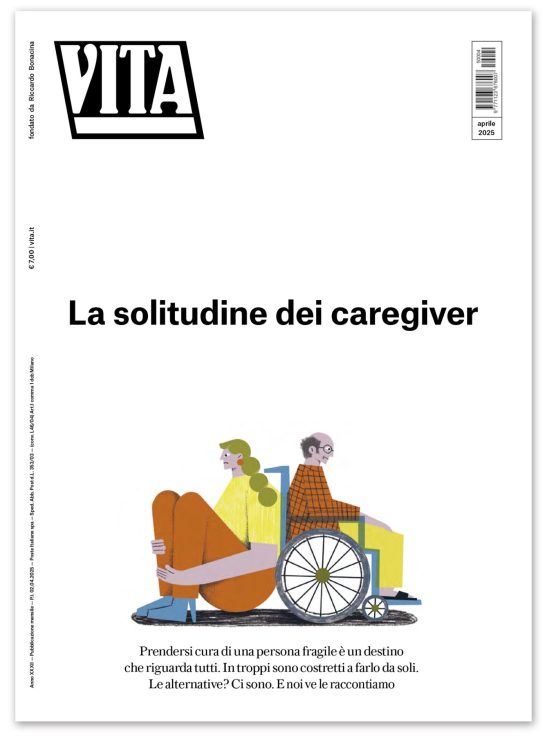Mondo
USA: Google.org, the new philanthropists
More than 175 million dollars in three years to finance projects all over the world. This is Google.org's philanthropic action plan. And here is where it will go
di Staff
Google.org, the philanthropic branch of the information giant worth 190 billion dollars, has decided to invest 175 million dollars over the next three years in support of humanitarian projects.
But where will the funds be drawn from? The founders have committed to assign 1% of the partnership property to philanthropic activities, besides the 1% of the annual profit and the work of the employees. This may seem like cookies, when compared to the 2.8 billion dollars that the Gates Foundation donated in 2007.
New philanthropy?
According to Charles Moore, director of the Committee for Encouraging Corporate Philanthropy (promoted by the actor and philanthropist Paul Newman), this comparison is not fair. Moore highlights that for legal reasons Google.org cannot donate more than 10% of its own revenue, as it is a so called ?corporate foundation?.
Even the New York Times has praised Google?s initiative: ?Google.org is pursuing a new way of making social enterprise that is changing the old concept of philanthropy?. In what sense?
To start with Google.org is a company, and like all companies it pays taxes, even though it manages a not for profit foundation, the Google Foundation. But that?s not all. Goole.org finances start-ups, makes donations and supports other not for profit organisations.
Larry Brilliant, head of the project, is a doctor, guru, actor, founder of the Seva Foundation, winner of the prestigious Ted Prize in 2005, and even a diplomat for the United Nations in India where he successfully carried out the battle to fight smallpox. In his team are about twenty experts, programmers and doctors who have gone all over the world in these past 18 months and who together with whom have worked out an investment plan that aims to allocate 25 million dollars for 2008 alone.
The action plan
Here?s how. Five million dollars will be donated to Instedd-Innovative Support to Emergencies, Diseases and Disasters, a not for profit entity fonded by Google that, in cooperation with Facebook and Twitter, will set up a system to communicate and predict emergencies. Another 2.5 million dollars goes to the Global Health and Security Initiative, founded by the Nuclear Threat Initiative to prevent organic threats. More than 600 thousand dollars will instead go to the Clark University for the Clark Labs in order that they develop a monitoring system on ecosystems, on nutrition and health of African and Amazonian inhabitants.
Another two million dollars will be allocate to Pratham, an Indian non governmental organization, to create an independent institution that will draw up the national annual Report on the state of education. 765 thousand dollars will go to the centre for Budget and Policy Studies to create an informative budget Service in support of local governments; 660 thousand dollars will be donated to the Center for Policy Research in India; 4.7 million dollars will be given to TechnoServe to support small and middle-sized enterprises in Ghana and Tanzania.
Finally, another 10 million dollars will go to eSolar, Pasadena?s (California) company, specialized in solar thermal energy. And nearly 12 million dollars in favour of a selected group of for profit companies for the marketing of hybrid vehicles, electric and/or eco-friendly vehicles.
17 centesimi al giorno sono troppi?
Poco più di un euro a settimana, un caffè al bar o forse meno. 60 euro l’anno per tutti i contenuti di VITA, gli articoli online senza pubblicità, i magazine, le newsletter, i podcast, le infografiche e i libri digitali. Ma soprattutto per aiutarci a raccontare il sociale con sempre maggiore forza e incisività.
